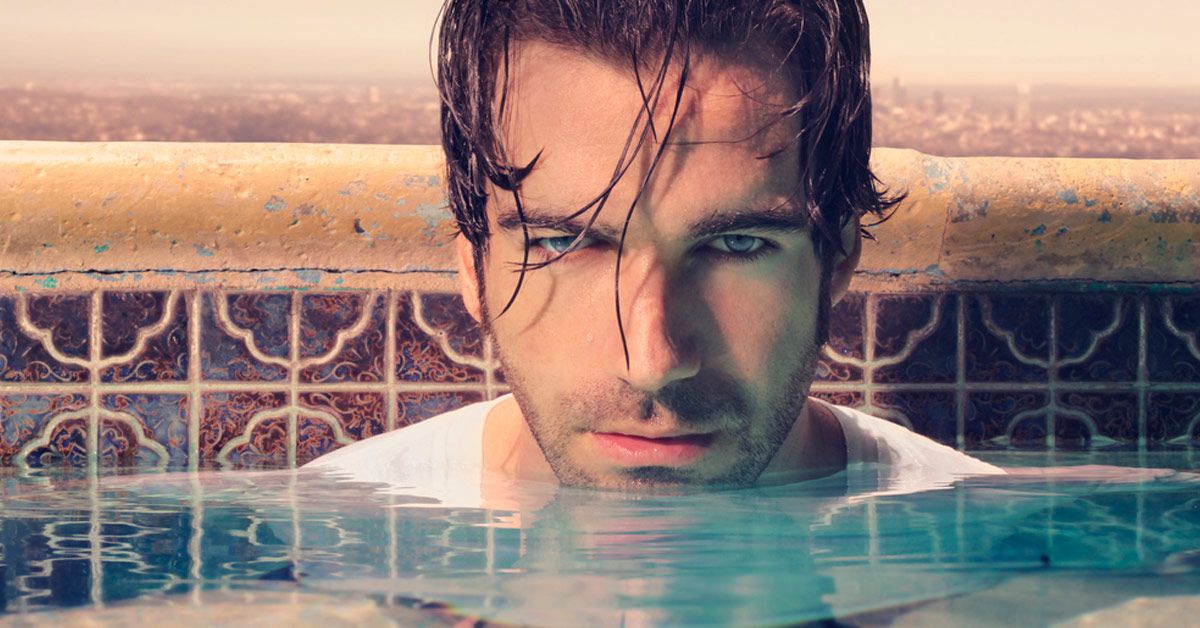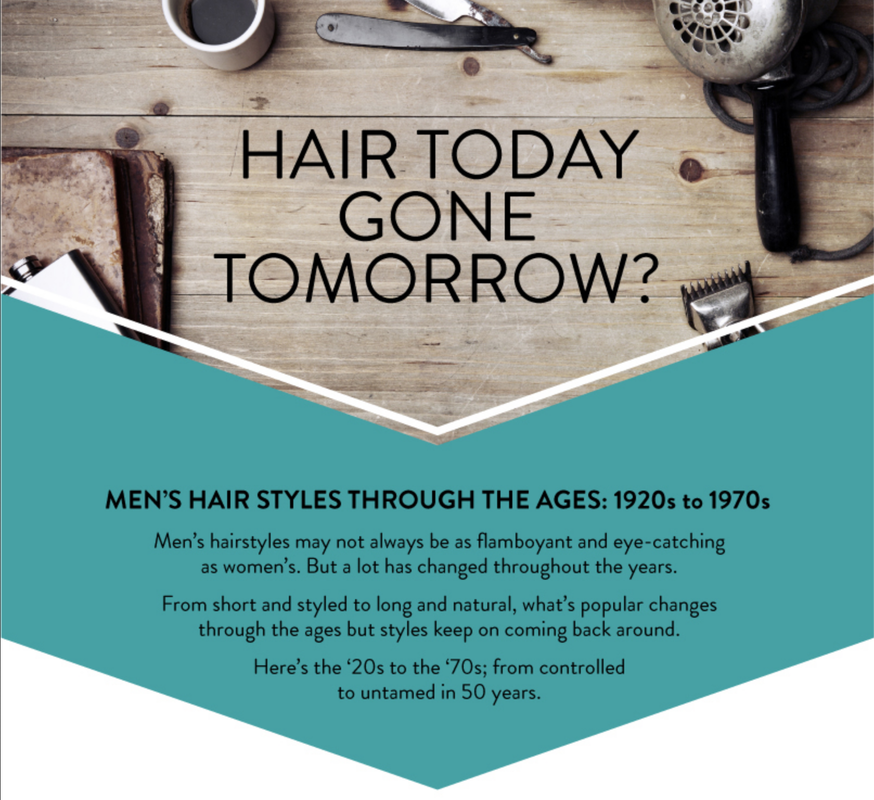|
5/30/2017 0 Comments HAIR & SCALP HEALTH 101Hair-loss prevention is often less of a focus than treating thinning or loss that is already advanced; but MODERN SALON’s exclusive HAIR+ research shows clients want to know their options before they start losing hair, and though consumers are concerned about hair loss, they’re not sure who to turn to for information.
Read More >>>
0 Comments
You may be thinking: “how do they protect their hair from chlorinated pools?” “Every time I go for a dip, my hair turns green or dry…”
Well, the answer is simple; they use a swim cap! But a swim cap isn’t the most handsome thing to wear and it looks quite silly if you’re just going for a dip – even though using a swim cap keeps your hair dry and prevents it from making contact with the metals in pool water. So how do you protect your hair from the pool water? Well, guys let’s take a look.. Who is Particularly at Risk for Chlorine Damage? Everyone who regularly exposes their hair in chlorine water, risks damage, but some hair types are more at risk than others. If your hair type meets the following criteria, you’ll have to take extra care… 1. Color Treated hair (especially if your hair is blonde) 2. Dry Hair 3. Thin or Fine Hair 4. Previously Damaged Hair Rinse Your Hair with Clean Water Before… We spend all spring plotting our perfect summer hair color, only to have it turned to green, dry og frizzy the first time we go swimming, but shower before can solve the problem. Showering before entering the pool sounds a little silly, but really if you rinse your hair with clean tap water it’ll be harder for the pool water to work its way in and cause damage. Wet Your Hair, Don’t Shampoo it It’s important to avoid using shampoo before jumping into the pool. Shampoo reacts negatively with chlorine water and causes your hair to dry out. So remember, the only thing you have to do is to rinse your hair with CLEAN WATER before hitting the pool! Apply Oil or Conditioner Apply a thin layer of coconut oil or conditioner in your hair before swimming to protect it. Oil will act as a barrier between your hair and chlorinated water. The silicones in the conditioner will keep chlorine and other chemicals away from your hair. It will also keep your hair tangle-free. After Swimming: Rinse Your Hair Immediately Rinsing your hair with clean water after swimming is also very important, because the longer the chlorine remains in your hair, the more damage it will cause. If it’s possible, it’s a good idea to use shampoo and some conditioner immediately after you exit the pool. Some shampoos are specially made to help remove chlorine and is a great solution for regular swimmers. If you want to bring a shampoo and conditioner in your swim bag, get By Vilain Skyline Travel Duo. Or use a Leave-In Conditioner – just work the conditioner through your hair after swimming, then gently detangle with the comb. Let Your Hair Air-dry If you use a blow dryer right after a pool day, set on a low or a medium temperature – OR EVEN BETTER – let your hair air-dry! Even though we always recommend you to use a blow-dryer while styling your hair, it’s much better for your hair to air-dry after swimming in pool water. Let your hair dry slowly and use a wide tooth comb! Tip if Your Hair is Already Damage TALK TO YOUR HAIRSTYLIST! If your hair is already chlorine damage, go to a pro. He or she will recommend products or treatments to help. Remember, you can always get a haircut to remove the ends that have suffered the most damage. (Secret tip) USE KETCHUP! If you’re blonde and your hair has turned green after swimming a tip is to use Ketchup as shampoo to correct the green tones. YES we know – it sounds weird and disgusting – BUT it helps! What to do: Shampoo your hair and rinse it out. Apply ketchup in your hair and leave it in for a couple of minutes, then rinse it out. Shampoo your hair again and use conditioner if needed. If you already have tried this secret tip, let us know if it worked! This article first appeared on SLIKHAAR 5/29/2017 0 Comments The Science of Chemo CurlsThere has been many a documented case of a person's curl pattern changing after chemotherapy. A person with straight blonde hair may regrow dark, curly hair after chemo, while others with kinkier hair may experience a loosening of texture, both a direct result of a phenomenon known as "chemo curls."
As a scientifically minded individual, I decided that I really wanted to know WHY it is that chemo curls occur. Read More >>> 5/22/2017 0 Comments Telogen Effluvium Hair LossA telogen effluvium is when some stress causes hair roots to be pushed prematurely into the resting state. Telogen effluvium can be acute or chronic. If there is some “shock to the system”, as many as 70% of the scalp hairs are then shed in large numbers about 2 months after the “shock”.
Read More >>> |
Hair by BrianMy name is Brian and I help people confidently take on the world. CategoriesAll Advice Announcement Awards Balayage Barbering Beach Waves Beauty News Book Now Brazilian Treatment Clients Cool Facts COVID 19 Health COVID 19 Update Curlies EGift Card Films Follically Challenged Gossip Grooming Hair Care Haircolor Haircut Hair Facts Hair History Hair Loss Hair Styling Hair Tips Hair Tools Health Health And Safety Healthy Hair Highlights Holidays Humor Mens Hair Men's Long Hair Newsletter Ombre Policies Procedures Press Release Previous Blog Privacy Policy Product Knowledge Product Reviews Promotions Read Your Labels Recommendations Reviews Scalp Health Science Services Smoothing Treatments Social Media Summer Hair Tips Textured Hair Thinning Hair Travel Tips Trending Wellness Womens Hair Archives
June 2025
|
|
Hey...
Your Mom Called! Book today! |
Sunday: 11am-5pm
Monday: 11am-6pm Tuesday: 10am - 6pm Wednesday: 10am - 6pm Thursday: By Appointment Friday: By Appointment Saturday: By Appointment |



 RSS Feed
RSS Feed